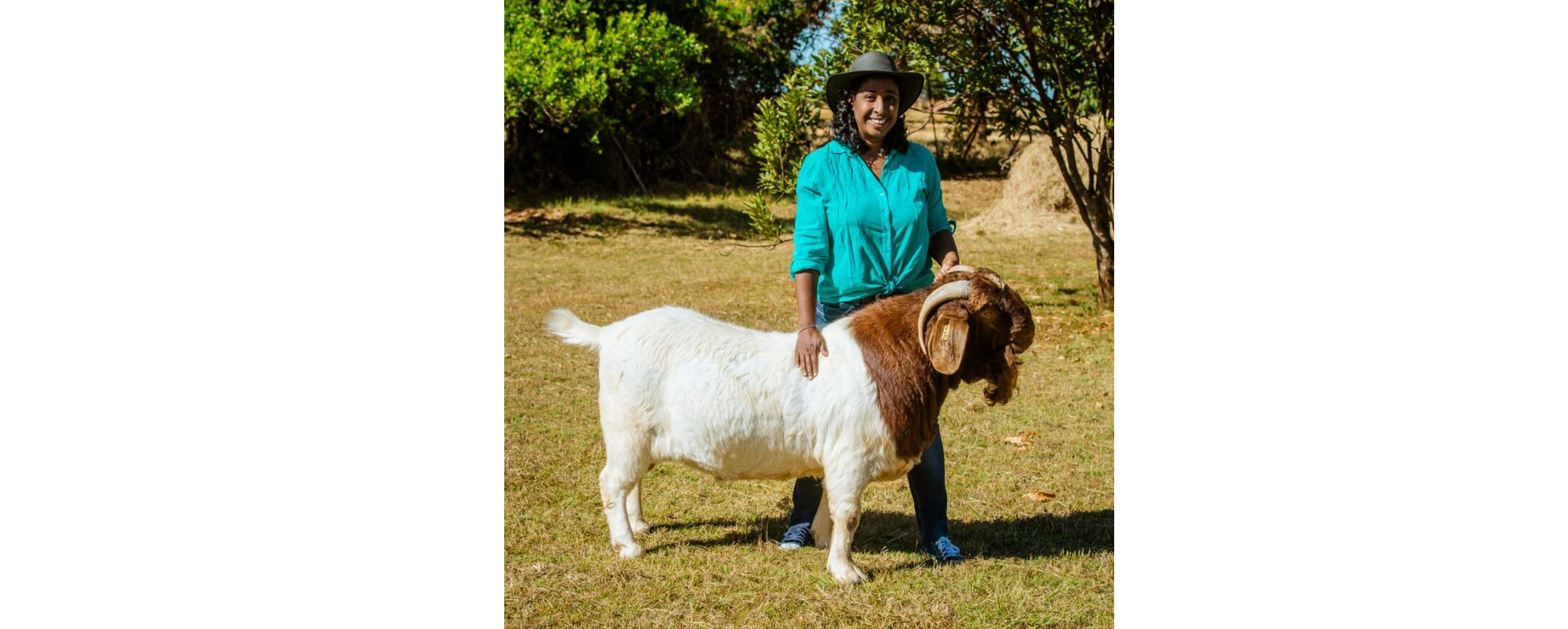
The Sunday Mail

Hello farmers.
Welcome to this interactive weekly agriculture column where we talk all things farming. We seek to share important information on agriculture, get those that have made it big in the sector to inspire those still trying to find their feet.
We seek to share best farming practices that will see Zimbabwe regain its bread basket status in the region and beyond. Hope it will be a worthy ride.
Our first instalment is on goats, the animal that is taking Zimbabwean livestock production by storm.
As a boy growing up in Midlands province, goat-rearing was never a business for my family and those around us with the animal nothing but a tool for cultural activities and relish for those that could afford.
The carcass thereof of that small animal, a Mashona goat, hovers between nine and 12kg. One can, however, get up to 16kgs from the Matebele goat and these usually are found in the Matebeleland provinces and in some parts of the Midlands.
Cash price for these indigenous breeds is usually anything between US$20 and US$60 depending on the area, and a number of factors.
But a new phenomenon is upon us.
A special breed, the Boer goat, is now being reared in the country and where we were accustomed to as little as nine kilograms carcasses, this pedigree can fetch as high as 90kg.
Unlike other breeds that are bred for milk production or wool fibre, the Boer goat is reared for meat.
This blood line, which is easy to recognise with white body and brown head, traces its origins from South Africa where they were it was bred from indigenous breeds combining with European and Indian breeds.
A survey among established local breeders shows that on average a Boer goat fetches from around US$250 to US$350, with a buck going for as high as US$600, making it a compelling investment route for a commercial farmer.
The Boer goat also crosses well with local breeds making investment into a buck a worthy investment for a farmer seeking to improve their breed.
Due to its bigger size, the Matebele goat gives yield when crossed with the Boer compared to the smaller Mashona goat.
Like the everyday Mashona and Matebele breeds, the Boer goat forages on the veld and is revered for its adaptability and ability to resist diseases although not as hardy as the local breeds. Supplementary feeding is always an added advantage for would-be commercial farmers.
A local breeder, Anisha Cader – whose buck won the 2016 Zimbabwe Agricultural Show National Grand Champion weighing a staggering 160kgs, said the Boer goat is a farmer’s dream.
“The Boer goat is a dream for every commercial farmer who is into goats for meat because it is the world’s biggest goat,” Cader told the Field Day. “I have a buck who weighs 160kgs but generally at six months a castrated male averages 45kg live weight.
“The females are also very fertile with the majority dropping twins followed by singles and then triplets and we usually breed them every 10 months.
“They are also good in terms of adaptability but my advice to would-be Boer goat farmers is that they go for locally raised goats than importing from South Africa and other countries because the imported ones tend to struggle here as they are not well acquainted with the real world since most of them are pen-fed,” she said.
Vimbai Chingodza, a field officer with Farmers Economic Trust, echoed Cader’s sentiments that the Boer goat is a farmer’s dream
“Unlike many other breeds in most animals, the Boer goat performs excellently in all of our five natural farming regions in this country.
“The quality of its meat is also the best compared to other breeds in that since it grows fast, most farmers slaughter at six months thus guaranteeing tastier and fresh meat.”
“For those that want to cross it with local breeds, the advantage is that the Boer’s traits are almost always dominant in the offspring thus giving good yield to a farmer who invest in a Boer buck,” he said.
Local suppliers have struggled to meet local demand for commercial goat meat with retailers not eager to engage peasant farmers thus making a strong case for commercial rearing.
Feel free to give us your feedback and sharing your agriculture experiences with me on [email protected]



